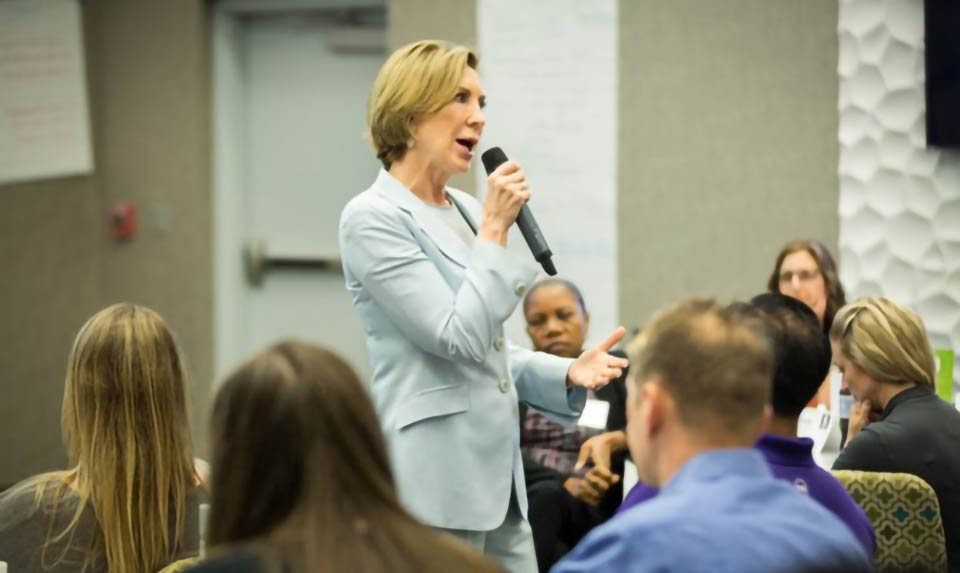The essence of leadership is always problem-solving and changing things for the better, yet It often feels as though existing problems are being compounded as leaders grapple with new, more complex problems every day. We can get easily overwhelmed in such circumstances as we flail about looking for the right problem to tackle, or else give up and succumb to the status quo.
Fundamentals of problem-solving. require a leader to Assess, Ask, Analyze and Act.
LEADERS ASSESS
Not every problem is yours to solve. You should only tackle issues that are proximate and real, not distant and abstract. For instance, a proximate problem is hunger in your own neighborhood where a solution is within your reach; world hunger on the other hand is distant and complicated
Focusing on the proximate problem is harder than it seems. People spend an inordinate amount of time worrying about distant problems, and not enough time actually doing something about the problems right in front of them. Unless you happen to be the CEO, your problem to solve isn’t what’s happening on the CEO’s team, it’s what’s happening on your team.
Don’t waste time on what you can’t impact
The right problem for you is one you can actually impact. Impact can come from your influence and energy, your specific responsibilities, your experience and expertise, and the network of people around you. You cannot impact the reality that more and more work is done remotely. You can impact how you organize remote work and how you prioritize which work must be done in person.
Then evaluate whether solving this problem will result in tangible benefits. Will the result be worth the resources and energy required? This may seem obvious, but more frequently than you might imagine, organizations tie themselves into knots over things that actually don’t matter much.
LEADERS ASK
Once you’ve identified a worthwhile, problem that you can actually impact, research by asking lots of questions of the people who understand it best—those closest to the problem, who live with it and deal with it every day. Don’t assume you know more about the problem than they do—because you assuredly do not. Ask questions to learn more and understand better. Ask open-ended questions that invite candor and transparency, so you can learn more and understand better.Don’t ask judgmental questions that provoke defensiveness and CYA responses. Problem-solving is never a blame game and is always a team effort. So ask questions to engage others as you seek to better understand the contours and details of the problem and begin to explore potential solutions.
LEADERS ANALYZE
So often, leaders will assess the right problem to tackle, ask all the right questions, and then jump right into what appears to be the most obvious, or the easiest, solution. Without the proper analysis of a range of possible solutions, leaders too often end up focused on symptoms not causes. And in the end, the problem doesn’t really get better. Perhaps you think you are focused on too many metrics. The obvious and easiest solution is to eliminate some. With proper analysis, aided by all those people who are experienced with the problem and who have answered a lot of your questions, it turns out the real problem is confusion about priorities. Now the right solution might be to convene a strategy session so you can clarify your top objectives. A more focused set of metrics can flow from these clearer priorities.
Spending enough time to analyze the problem and consider a range of potential solutions means you will spin your wheels less and get stuck in fewer blind alleys. You are also building alignment and consensus along the way, which is so necessary when the rubber hits the road and things actually have to begin to change.
LEADERS ACT
Assessing, asking, and analyzing are all preparation for action. Once a problem is identified and groups of people are enlisted to understand the issue and potential solutions, expectations are raised. People are eager for things to get better. People want something to change. A failure to follow through is a triple-whammy. The problem doesn’t get solved, time and energy have been wasted, and people’s confidence and enthusiasm have dimmed.
Don’t play at problem-solving. Take it seriously and do the homework so it gets done right. But when it’s time to actually start using your influence, your expertise, your reputation and your credentials to change the order of things for the better, don’t get weak in the knees. Together with others, solve the problem and lead.
Carly Fiorina needs no introduction. She is a Unicorn. Her record as a CEO, presidential/vice presidential candidate is well documented. Her leadership skills are impressive. She works as an executive coach with corporations and startups and her preferred topic is Leadership. We are thrilled that she is sharing THE LEADER’S POINT OF VIEW. Send questions or comments at editor@womensbiz.US attention Carly.

